
The Asanko Gold Mine, which poured its first gold in January 2016, is about to undertake expansion to develop the Esaase deposits from 2018.
It follows the successful commissioning of the Obotan Mine, after investing US$295 million in the first phase. Asanko Gold Mine is the product of years of exploration by Keegan Ghana Limited, which acquired the Obotan project initially, in 2010.
Mr. Charles Amoah, Asanko Gold Mines General Manager, while briefing the Ashanti Regional Minister, Mr. Simon Osei Mensah, head of the Ashanti Regional Security Council (REGSEC), during a visit to the mine last week on the mining processes, said the company is poised to be one of the Africa's top 10 mines after the commissioning of its Esaase project.
He said Asanko Mines, the newest large-scale gold mine in Ghana, intends to be a mid-tier gold mining company to produce about 500,000 ounces of gold per annum.
According to him, under the proposed expansion plan, the Obotan project would be linked to the Esaase project via a 25km overhead conveyor, the first of its kind in West Africa, from the Nkran Mine pit, through the Asuadai and Abore deposits to Esaase deposits, under its Phase two project.
The proposed expansion programme is in direct response of the company's vision to join the ranks of Ghanaian gold producers and become a big-time gold producer, and bring employment and wide range of socio-economic benefits to the Amansie West District, Ashanti Region, and Ghana as a whole, as announced by Managing Director Mr. Joe Zvaipa at the commissioning of the mine in June 2016 by the Asantehene, Otumfuo Osei Tutu II.
MD Zvaipa gave the assurance that Asanko Mines would continue to strive diligently with partners and stakeholders, to ensure that the company becomes a beacon of success in the mining industry.
Mr. Charles Amoah, Asanko Gold Mines General Manager, emphasised that community relationship is key to the operations of Asanko. He said the company had met every single responsibility and obligation, including the payment of royalties.
The REGSEC also heard how Asanko Gold Mine has met its obligations under its Corporate Social Responsibility (CSR), to leverage mining to positively affect the livelihood of indigenes in its catchment areas.
The Corporate Affairs Executive of Asanko Gold Mine, Mr. Frederick Attakumah, said Asanko Gold Mines had acquired a 340-foot container of medical supplies to support seven health facilities in the district, under the Asanko Health Facilities Programme.
He also said Asanko Gold Mines has partnered the Canadian Organisation for Development of Education (CODE) to address illiteracy and promote education through reading, under a Reading Ghana programme, which is being executed in direct response to the low literacy level among students, and to provide high-quality, culturally reflective and literacy level appropriate reading materials for schools in the catchment communities.
He said the company had invested about GH¢600,000 for the six-year programme for schools within the Ashanti Region.
CODE, in partnership with Asanko Gold Mines and the Ghana Book Trust, has, since October last year, donated 5,160 reading books and teaching materials to ten basic schools in the mining catchment area, where the pilot phase of the programme was implemented.
The beneficial schools are the Manso-Koniase, Manso Nkran Primary and Junior High School (JHS), Manso-Kumpese Akwasiso Primary, and JHS, Manso-Keniago D/A Primary and JHS, Manso-Ebiram Primary and JHS, and Takorase Primary and JHS.
Asanko Mines has also started a skills development programme to provide youth in the catchment area with vocational skills, to enable them earn livelihoods.
Mr. Attakumah disclosed that over 260 youth were trained under the first phase of an Asanko -GIZ Skills Development Programme, while an additional 120 young people underwent training at its Obotan and Esaase Skills Development Centres.
According to him, the mining company is negotiating with the National Vocational Technical Institute (NVTI) to establish the two centres as full NVTI centres.
He disclosed further that Asanko Mines had established the Obotan Co-operative Credit Union to provide access to credit for small businesses within its catchment area.
The company provided set-up costs, office facilities and seed funding, and is expected to provide strong support and uptake for the members of the communities in the area. According to him, membership of the local Co-operative Credit Union had grown from 120 in December 2015, to over 1,000 by September last year, with a total assets growth to GH¢200,000.
In response to a question by the Deputy Ashanti Regional Minister, Mrs. Elizabeth Agyemang, Mr. Attakumah explained that military personnel protect the installation of the mines, and emphasised that it had been the practice since 2013 at all large-scale gold mining firms over five years.
The Asanko Executive explained that the military presence at premises of mining companies follows a request and subsequent engagement of the Ghana Armed Forces by the Ghana Chamber of Commerce to provide military personnel to protect large scale gold mining fields.
Mr. Rammy Oboro, Corporate Affairs Manager, said the company had evolved a Local Employment policy, under which it forges a close long-term partnership with chiefs to recruit the local workforce.
He disclosed that out of the 98% skilled Ghanaian workforce, 44% representing about 903, are drawn from the local communities.
The Regional Minister commended Asanko Gold Mine for its stand on ensuring effectiveness on meeting its corporate social responsibilities.
He suggested that the company engage community leaders to ascertain their priorities and consider the priorities of the communities to reduce tension.
Pix 1: Frederick Attakumah - Corporate Affairs Executive - Asanko Gold Mine
Pix 2: General Manager Amoah (back to camera) briefs members of the REGSEC during the visit to Asanko Mine
Read Full Story


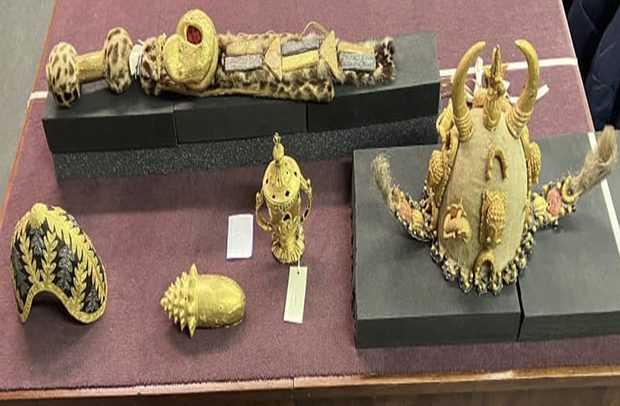



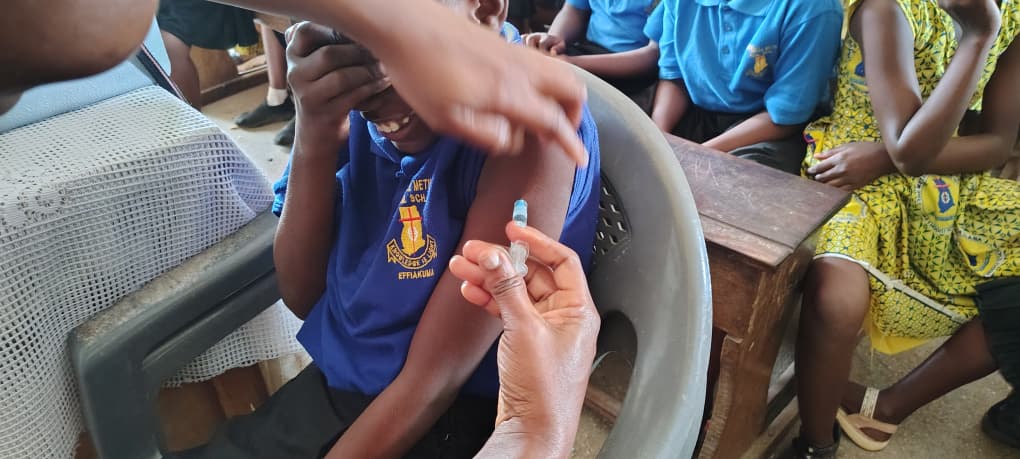


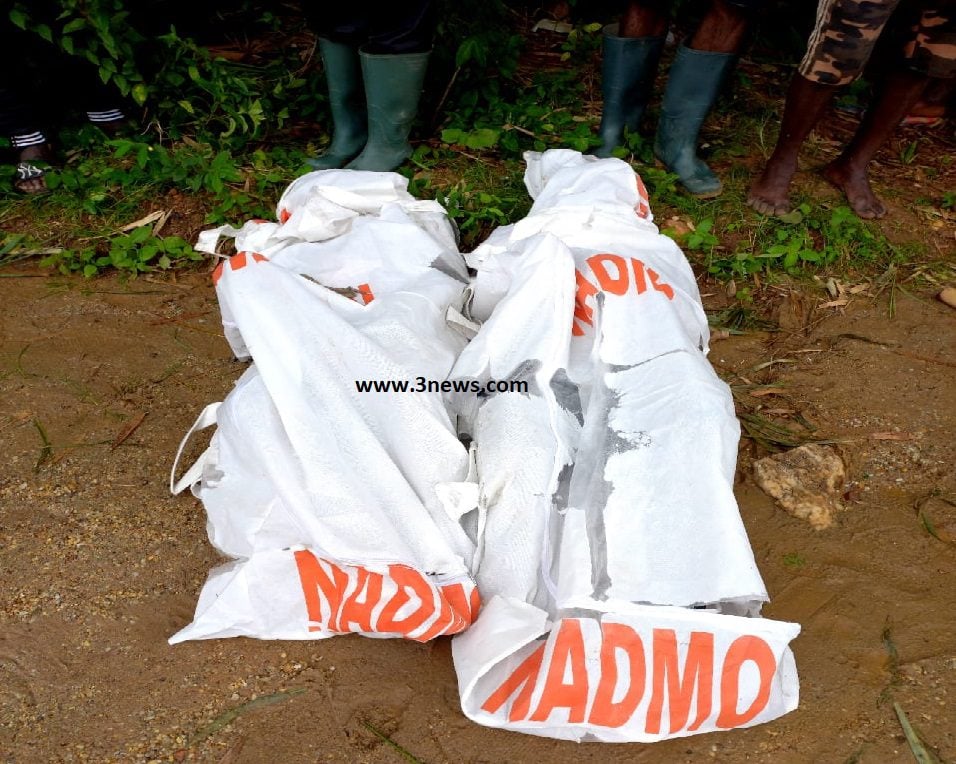
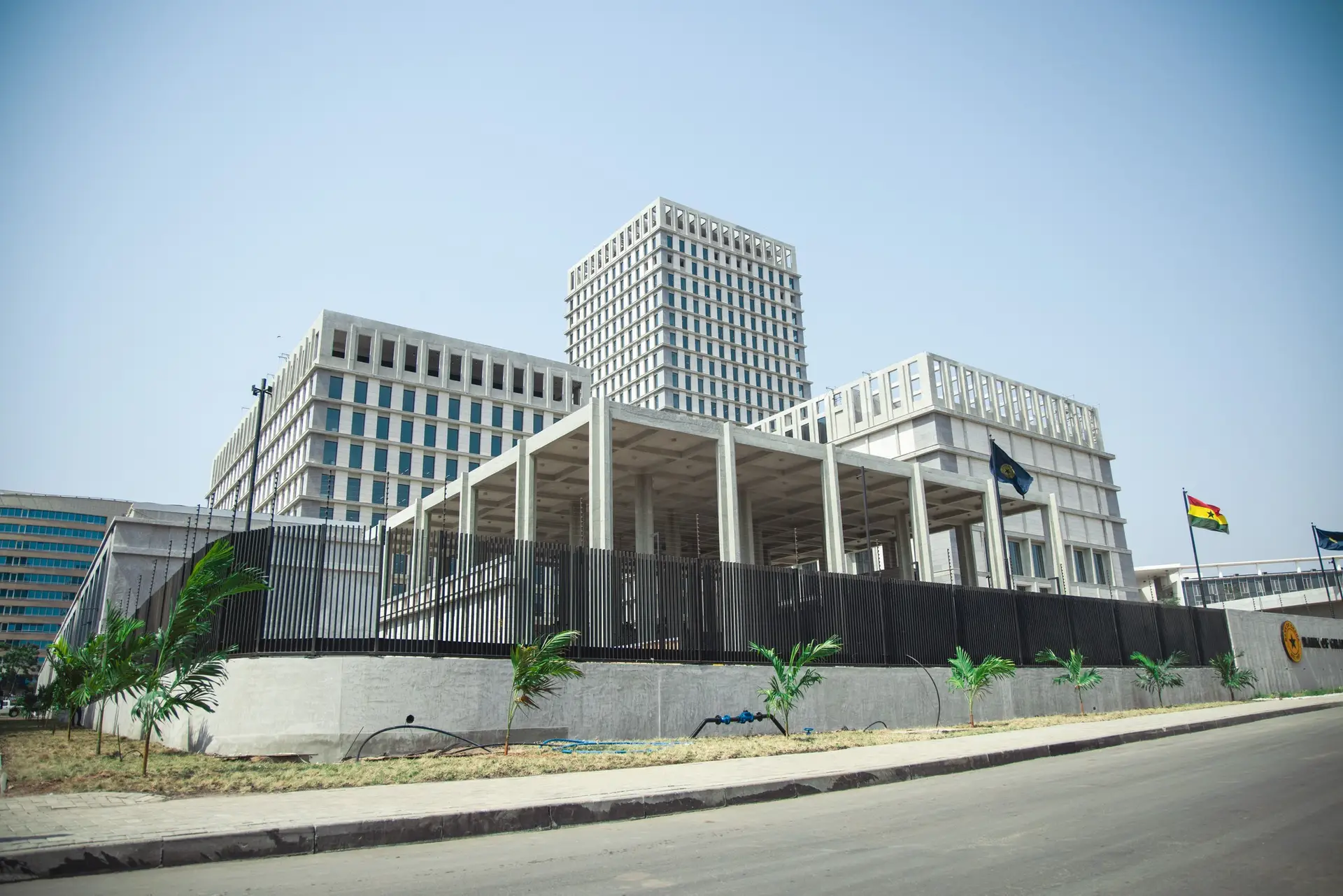

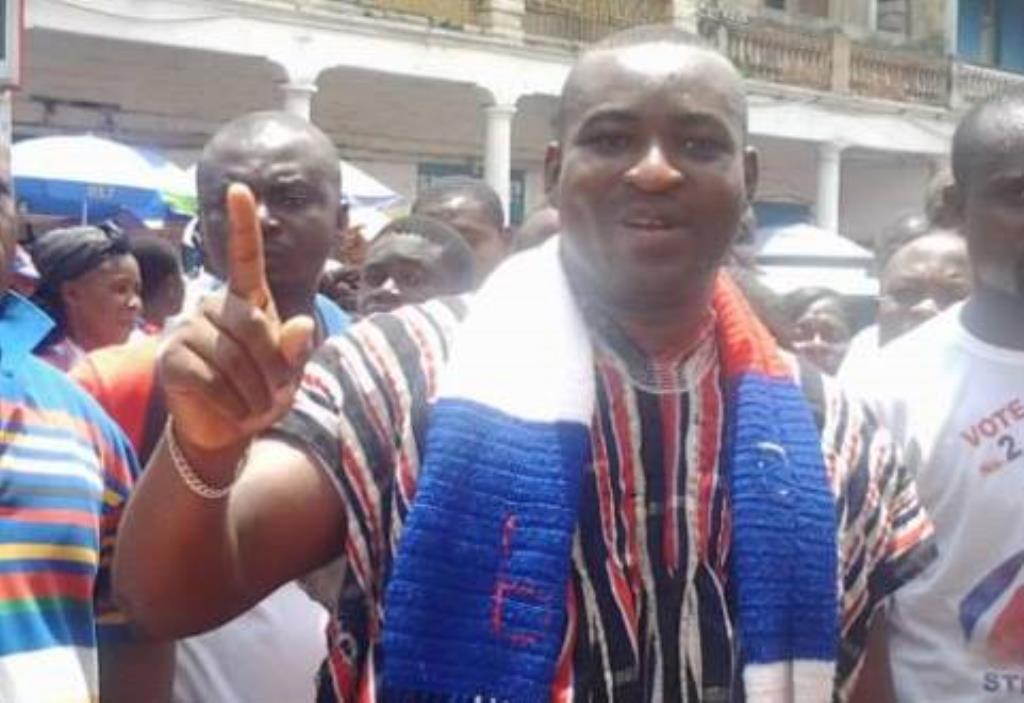


Facebook
Twitter
Pinterest
Instagram
Google+
YouTube
LinkedIn
RSS